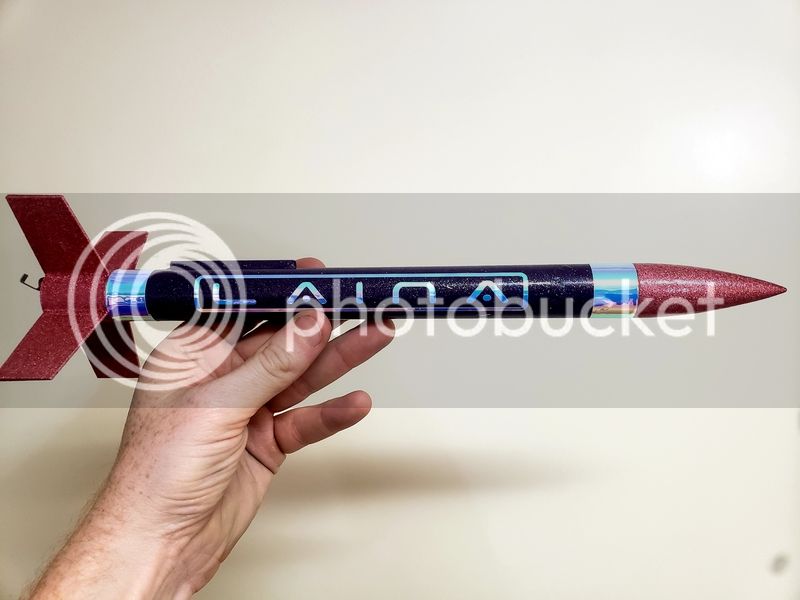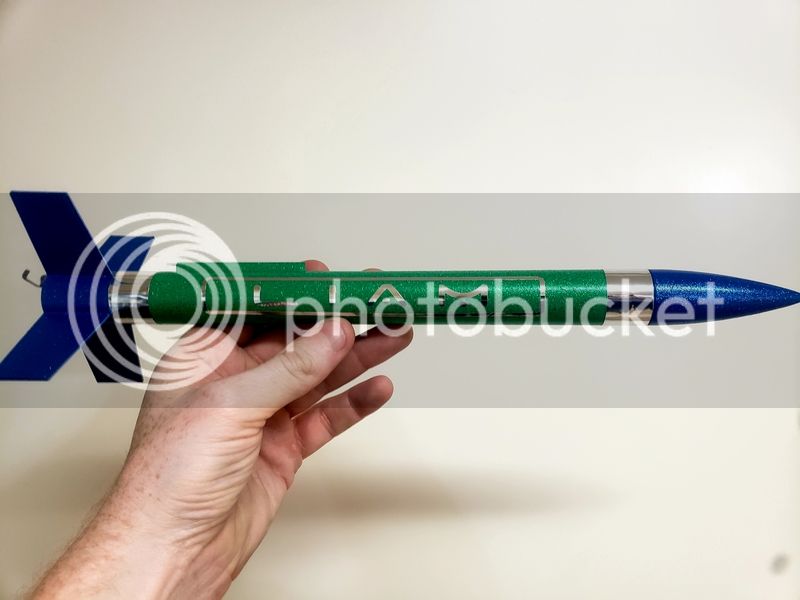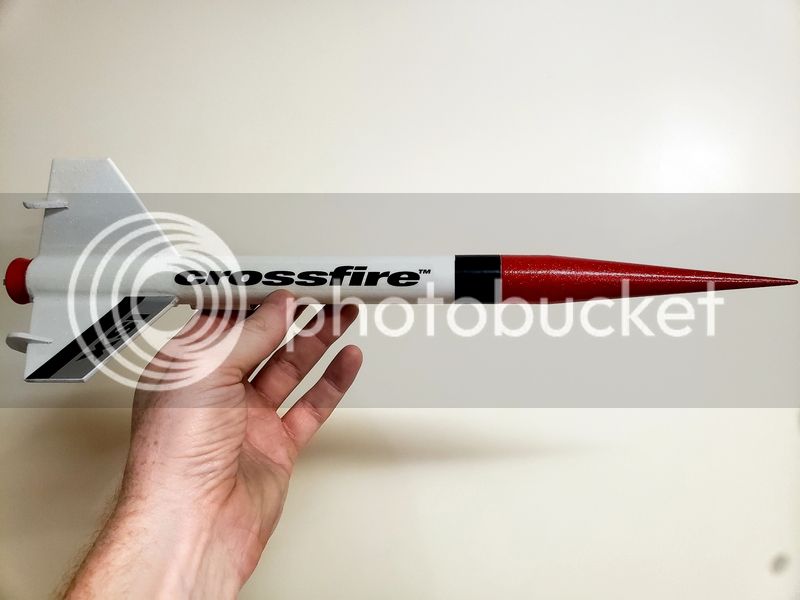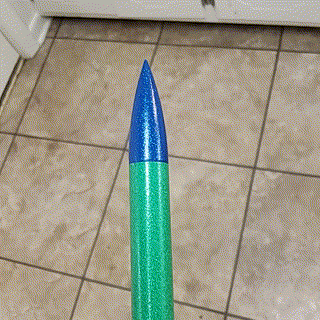shanejohnson2002
BT60 Enthusiast
- Joined
- Feb 6, 2019
- Messages
- 193
- Reaction score
- 156
Hey all!
First post here. I hope it's a good one.
TL;DR story: I played with rockets quite a bit growing up, but never got serious / got good as a model maker. My kids found my circa 1984 model Estes box, with a pair of old launchers and some rockets. They got pretty excited since they're in a space phase (which I hope never passes). I purchased a pair of Generic E2Xs for them to get started with. I saw a Crossfire ISX kit nearby, so I snagged that for myself.
Which brings me to this post. I've done a LOT of reading and research and I'm just wanting to make sure I'm tracking correctly. My main limitation is launch area (and therefore altitude), so here's the lessons/ideas I've picked up from around here:
- Avery labels on the fins. I wish I had've known about this years ago!
- Filets. Not so much to reduce drag, more for looks.
- Bleed hole in parachute.
- Parachute attached via fishing line swivel.
- Replaced stock shock cord with 1/4" elastic sewing cord.
- Installing ejection buffer.
Also going to try glitter paint. Oh yes, there's a reason though. My daughter requested it. Those of you with daughters will understand that's not a request you can ignore or turn down. I don't think it'll help visibility much, but it could be fun/different. There again I'm not so concerned with weight/drag because we can't get super-high around here.
No build pics...cardinal sin, I know. Next project should be pretty cool though, if this one works. And that one will have build pics for sure. Stay tuned.
Hopefully soon I'll be posting a picture of a glittery red/white Crossfire and a pair of glittery E2Xs soon!
First post here. I hope it's a good one.
TL;DR story: I played with rockets quite a bit growing up, but never got serious / got good as a model maker. My kids found my circa 1984 model Estes box, with a pair of old launchers and some rockets. They got pretty excited since they're in a space phase (which I hope never passes). I purchased a pair of Generic E2Xs for them to get started with. I saw a Crossfire ISX kit nearby, so I snagged that for myself.
Which brings me to this post. I've done a LOT of reading and research and I'm just wanting to make sure I'm tracking correctly. My main limitation is launch area (and therefore altitude), so here's the lessons/ideas I've picked up from around here:
- Avery labels on the fins. I wish I had've known about this years ago!
- Filets. Not so much to reduce drag, more for looks.
- Bleed hole in parachute.
- Parachute attached via fishing line swivel.
- Replaced stock shock cord with 1/4" elastic sewing cord.
- Installing ejection buffer.
Also going to try glitter paint. Oh yes, there's a reason though. My daughter requested it. Those of you with daughters will understand that's not a request you can ignore or turn down. I don't think it'll help visibility much, but it could be fun/different. There again I'm not so concerned with weight/drag because we can't get super-high around here.
No build pics...cardinal sin, I know. Next project should be pretty cool though, if this one works. And that one will have build pics for sure. Stay tuned.
Hopefully soon I'll be posting a picture of a glittery red/white Crossfire and a pair of glittery E2Xs soon!








